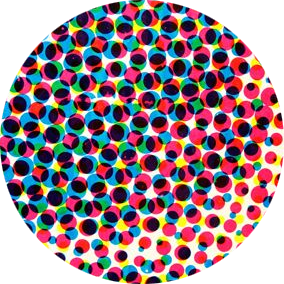Panoptic Queerness in “Snapdragon”

Where queer absences can be a serious problem in YA graphic narrative (even to the point of being editorially mandated), Snapdragon portrays queer visibility as a complex negotiation between social pressures/gazes and the desire for self-sincerity. #Snapdragon 1/10




Even within this acceptance scene, Leyh reminds us of the gaze, hovering on a “will-she-or-won’t-she” reaction from Snap’s mother when she arrives home to find the kids playing together. The acceptance is almost completely unspoken, conveyed by nuanced illustration. 5/10

A similar scene of acceptance comes up later in the book through Jacks’s flashback, which depicts a moment of connection between Jacks & Snap’s grandmother. The panoptic gaze is again present to antagonize with Jacks feeling the need to gender herself feminine to Jessamine. 6/10

Jessamine is, of course, queer herself, something her friends are clearly quite aware of as well. Thus again we have a culture of hushed realities and subversive living. And from that place/position, Jessamine’s romance with Jacks take flight. 7/10

The simple point here is that Leyh’s world is filled with queer characters who have been and are being forced to live under the fear of hostile gazes. They exist within the margins of society and must constantly self-monitor in order to find anything resembling tolerance. 8/10

At the same time, of course, this adds emotional gravitas to the found families that we see created within the book: to the friendships between Snap/Lulu/Jacks and to the lost romance between Jacks and Jessamine. 9/10

All combined, it’s a rich portrayal of the lives of queer children and queer adults, one that portrays the complex variables surrounding issues of integration and acceptance within systems of social monitoring and judgement. 10/10
